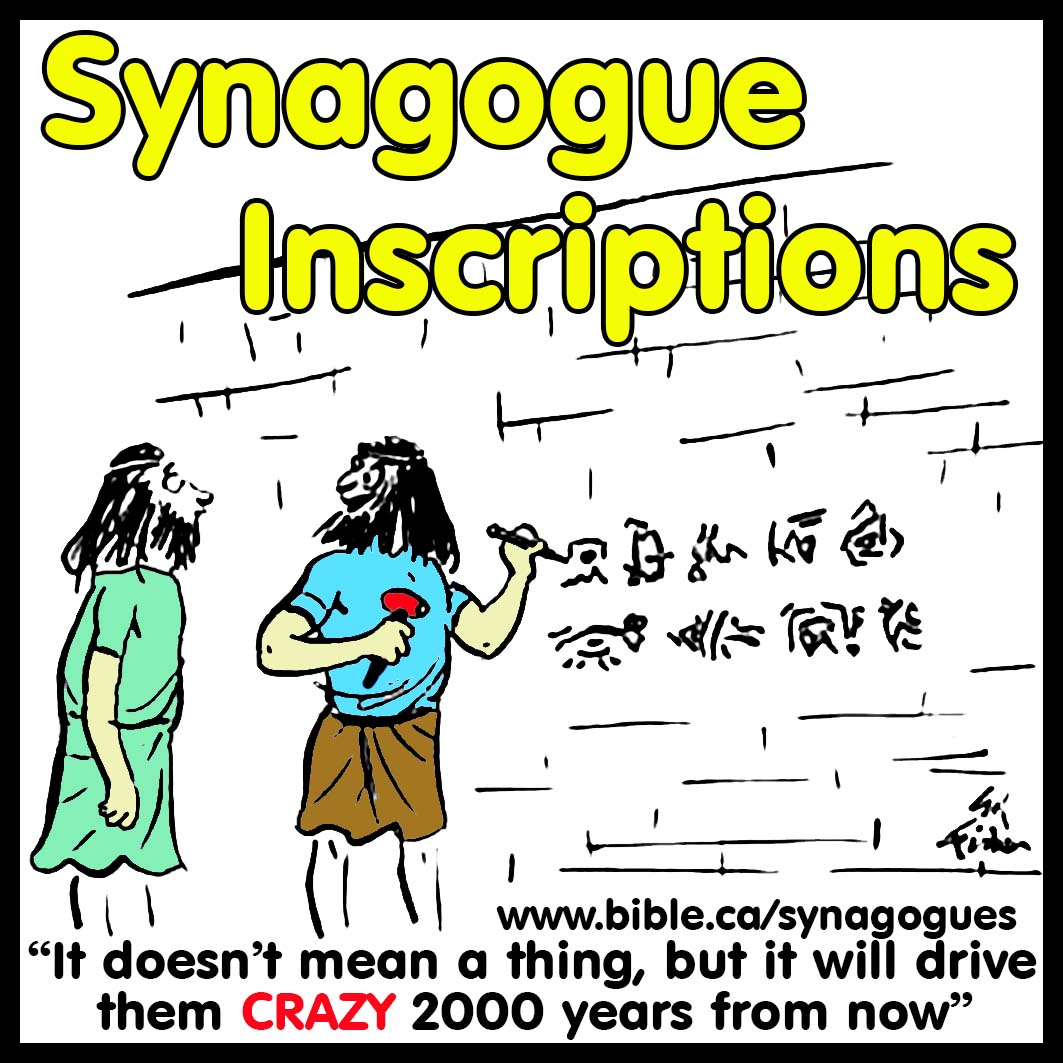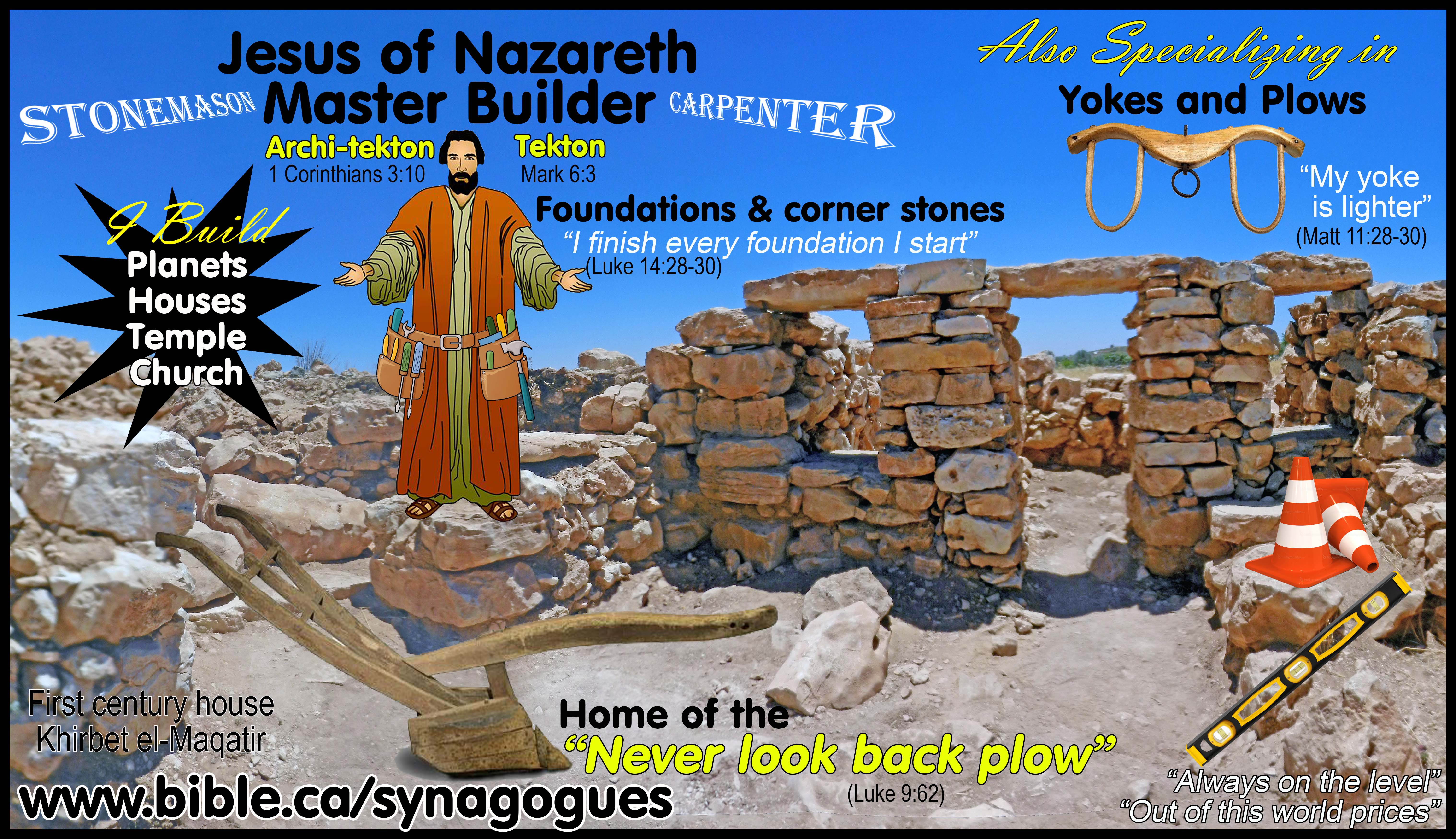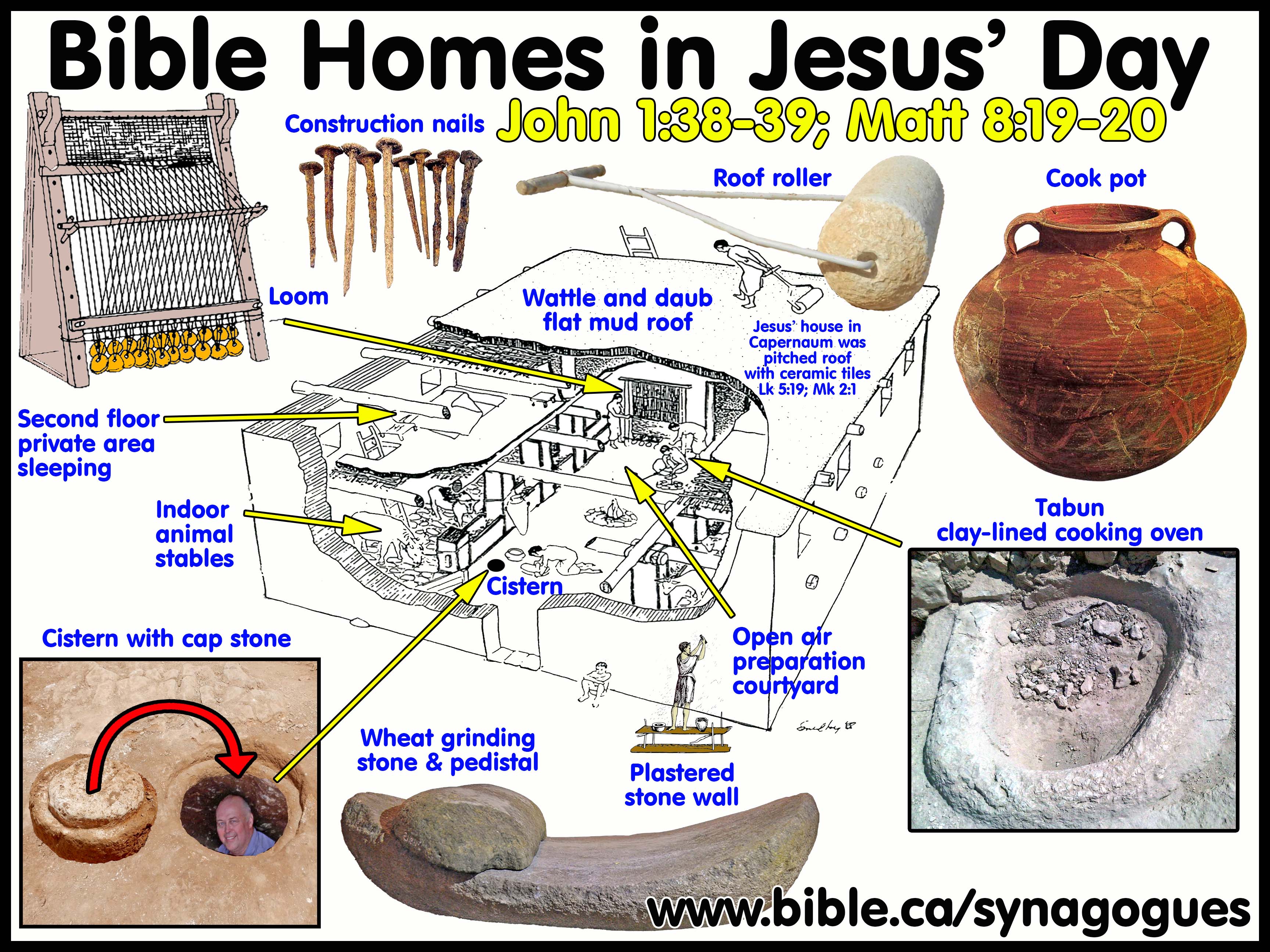|
Political, Civic and Town Hall Meetings in Synagogues First Century Synagogues and churches |
“On this Rock, I will build My church”
Ancient Synagogue Worship and the Church
Synagogue worship was the prototype for Christian Church.
|
POLITICAL, CIVIC, TOWN HALL MEETINGS IN SYNAGOGUES |
A. Town hall type civic meetings in Synagogues:
1. First, it is important to note that these civic meetings were not the same as when a church today holds a purely secular “all candidates political” meeting where the general public get to hear the views with a view to voting.
a. Non-Jews were forbidden from entering synagogues.
b. The Jews who entered had to be ritually pure, by immersing in the Mikveh before they could enter.
c. There were no elections in the first century because it was not a democracy.
d. These civic meetings discussed pressing emergency public matters that directly involved and affected the local Jewish community and were not open to the general public.
2. “Assembly hall and town hall for the local Jewish congregation: As such, the synagogue served as a centre for community fund-raising, charitable collections, congregational affairs, and as a type of court of public interests (S. Safrai 1976:942). Levine (2000:19-41, 124-159; 2004:27-30) contends that "the synagogue of this period was primarily a communal institution serving the many and varied needs—including the religious ones—of the local community". These services included: social and political gatherings, religious instruction, Torah reading and prayer, collecting monies for the Temple and for local needs, communal meals, a hostel, as well as a local archive. Hostels are mentioned in rabbinic literature (Z. Safrai 1995:190-191).” (Ancient Synagogues - Archaeology and Art: New Discoveries and Current Research, Rachel Hachlili, p17, 2013 AD
3. The civic meeting in the Tiberius synagogue:
a. 67 AD: “When I was informed of these affairs, I determined to go to the city of Tiberias in the morning. Accordingly, on the next day, about the first hour of the day, I came from Taricheae, and found the multitude already assembled in the Proseucha; but on what [civic] account they were gotten together, those that were assembled did not know.” (Josephus, Life 280)
b. “Finally, the Tiberias proseuche in this Josephan context served, inter alia, as a forum for discussing burning political issues of the day, thus indicating its pivotal communal role. In Josephus' report, at least, its religious dimension was decidedly secondary, and on those occasions the Sabbath as well as fast-day rituals were apparently dwarfed by the pressures of the political agenda.” (The Ancient Synagogue, Lee Levine, p54, 1999 AD)
c. 200 AD: “A bolt with a knob on its end— B R. Eleazar prohibits. C And R. Yose permits. D Said R. Eleazar, M’SH B: “In the synagogue/great assembly [Greek, knesset] in Tiberias they permitted [using it on the Sabbath], E “until Rabban Gamaliel and elders came and prohibited it for them.” F R. Yose says, “They treated it as prohibited. Rabban Gamaliel and the elders came and permitted it for them.” (Mishnah m. 'Erub. 10:10 A–F, 200 AD)
e. This was during the first Jewish revolt war (66-74 AD) where the zealot rebel Jews revolted against Roman control and oversight.
f. In the context of Josephus, the Jewish population in the city of Tiberias were about to be attacked by the Romans in 66 AD.
g. This “civic meeting” therefore was not open to the general public but to the Jews alone.
h. Synagogues enjoyed a type of “sanctuary status” and “asylum” that were “no-go” zones for non-Jews. Meeting in the Synagogue therefore under the circumstances was proper and predicable.
B. Town hall type civic meetings in churches: Acts 6
1. An example of one of these civic meetings in the church was feeding of the widows in Acts 6.
a. "Now at this time while the disciples were increasing in number, a complaint arose on the part of the Hellenistic Jews against the native Hebrews, because their widows were being overlooked in the daily serving of food. So the twelve summoned the congregation of the disciples and said, “It is not desirable for us to neglect the word of God in order to serve tables. “Therefore, brethren, select from among you seven men of good reputation, full of the Spirit and of wisdom, whom we may put in charge of this task. “But we will devote ourselves to prayer and to the ministry of the word.” The statement found approval with the whole congregation; and they chose Stephen, a man full of faith and of the Holy Spirit, and Philip, Prochorus, Nicanor, Timon, Parmenas and Nicolas, a proselyte from Antioch. And these they brought before the apostles; and after praying, they laid their hands on them." (Acts 6:1–6)
b. A civic, non-religious meeting was called and seven spiritual men were appointed.
2. In Acts 6, the church was directly involved in providing a food bank for the needy poor widows only.
a. In 1 Timothy 5:3–16, Paul provided very specific and restrictive conditions that the church treasury could be used for benevolence in distribution of food to Christian Widows on “the list”.
b. "A widow is to be put on the list only if she is not less than sixty years old, having been the wife of one man, having a reputation for good works; and if she has brought up children, if she has shown hospitality to strangers, if she has washed the saints’ feet, if she has assisted those in distress, and if she has devoted herself to every good work." (1 Timothy 5:9-10)
3. Today churches have the same kind of “Civic meetings” when they have congregational business meetings:
a. A large portion of the discussion is about repairing the church building, benevolence for sick members, budgetary matters, etc.
b. Following the pattern exactly, of the Ancient civic meeting at Tiberias, persecution from hostile governments is discussed in congregational meetings like changes in the tax code, removal of charity status for income tax purposes, recent decrees by hostile Sharia law governments that they must either convert or die.
c. If a government suddenly outlaws Christianity or church buildings, the entire congregation would gather in a “civic” meeting to openly discuss what course of action to take. This is exactly what the Jews did at Tiberias in 67 AD.
By Steve Rudd 2017: Contact the author for comments, input or corrections
|
Jesus your messiah is waiting for you to come home! |
|
|
Why not worship with a first century New Testament church near you, that has the same look and feel as the Jewish Synagogue in your own home town. As a Jew, you will find the transition as easy today as it was for the tens of thousands of your forefathers living in Jerusalem 2000 years ago when they believed in Jesus the Nazarene (the branch) as their messiah. It’s time to come home! |
|
By Steve Rudd: Contact the author for comments, input or corrections.
Go to: Main Ancient Synagogue Start Page













